A Comprehensive One-Month Alcohol Quitting Plan: Your Roadmap to Sobriety, Health, and Renewed Vitality
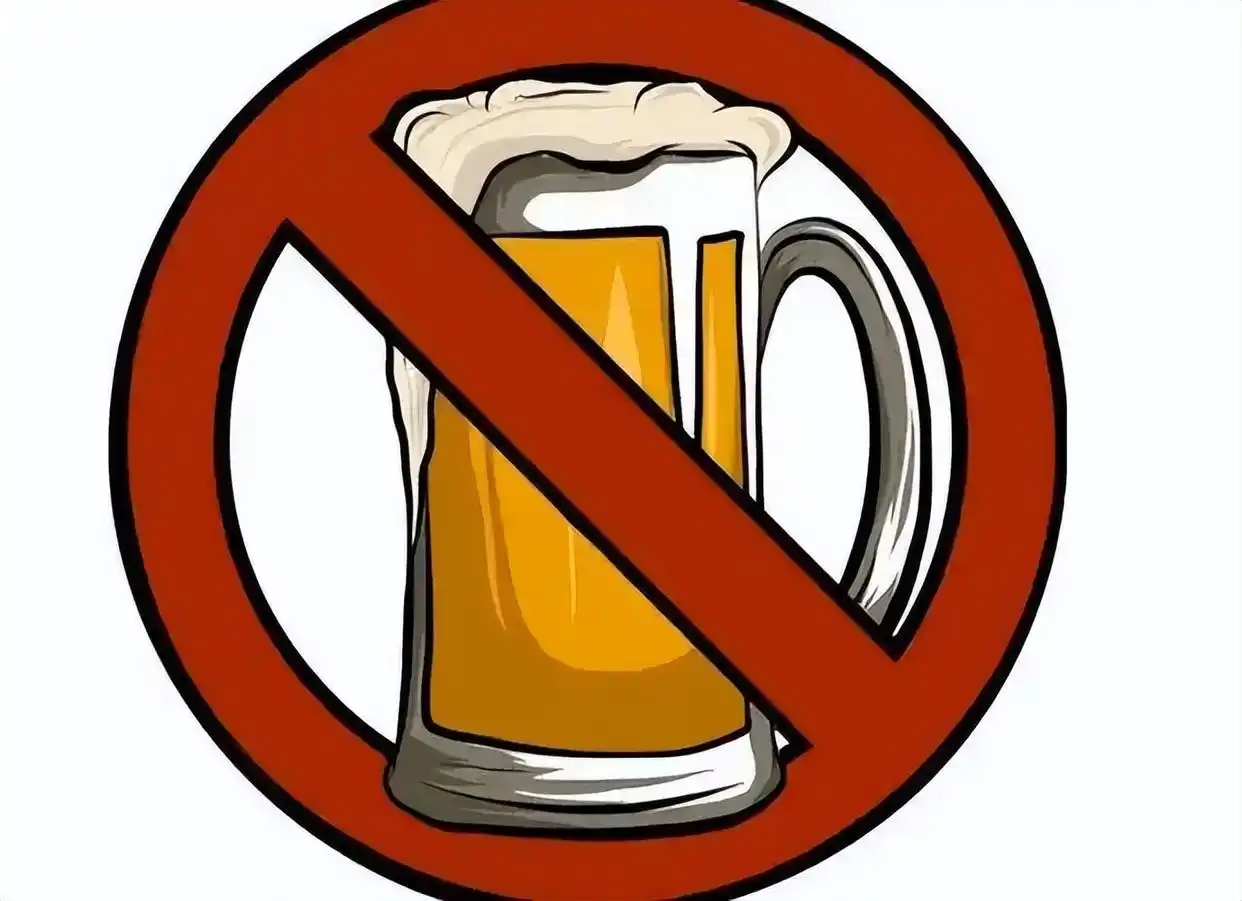
Embarking on a journey to quit alcohol is a brave and life-changing decision—one that promises improved physical health, clearer mental focus, stronger relationships, and a renewed sense of control over your life. Whether you’re looking to break a daily drinking habit, reduce reliance on alcohol to cope with stress, or simply reset your relationship with substances, a structured one-month plan can provide the guidance, accountability, and support you need to succeed. This detailed guide is designed to take you step-by-step through 30 days of sobriety, addressing everything from pre-planning and mindset shifts to managing cravings, celebrating milestones, and building long-term habits that keep you on track. By the end of this month, you won’t just have gone 30 days without alcohol—you’ll have laid the foundation for a healthier, happier, and more fulfilling life.
Week 1: Preparation, Mindset, and Setting the Stage for Success
The first week of your alcohol-quitting journey is all about preparation. Before you take your first day of sobriety, it’s critical to get your environment, mindset, and support system in place—these elements will be your safety net when cravings hit or motivation wanes. This week isn’t about “quitting” yet; it’s about building the infrastructure that will make quitting possible.
Day 1-2: Reflect and Define Your “Why”
The most successful sobriety journeys start with a clear, personal reason for quitting. Take 30-60 minutes each day to journal or reflect on why you want to stop drinking. Is it to improve your energy levels for your kids? To reverse liver damage flagged in a recent doctor’s visit? To feel more present at work or in your relationships? To break free from the anxiety that follows a night of drinking? Your “why” shouldn’t be something you “should” do—it should be something that resonates deeply, something you can revisit when things get tough. Write your “why” down on a note card and keep it somewhere visible: your phone lock screen, your fridge, or your desk. When cravings strike, this reminder will ground you in your purpose.
You should also take an inventory of your current drinking habits this week. Be honest with yourself: How much do you drink? How often? Do you drink alone, or in social settings? What triggers your desire to drink (e.g., stress, boredom, certain people, or events)? Tracking these patterns (even for just 2 days before you quit) will help you anticipate challenges later. For example, if you usually drink a glass of wine while cooking dinner, you’ll need to plan a replacement activity (like sipping herbal tea or listening to a podcast) to avoid that trigger.
Day 3-4: Clear Your Environment and Seek Support
Alcohol can’t tempt you if it’s not in your home. Set aside time on Day 3 to remove all alcohol from your fridge, cabinets, and pantry. This includes bottles of wine, beer, liquor, and even “hidden” items like cooking wine (which still contains alcohol). If you’re worried about wasting money, give unopened bottles to a friend (who doesn’t live with you) or donate them—your health is worth more than the cost of a few drinks. You should also avoid places where you usually drink during this first week: skip the bar down the street, the restaurant with your favorite happy hour, or the friend’s house where you always have a beer. Changing your environment temporarily will reduce temptation and make it easier to stay on track.
Support is non-negotiable when quitting alcohol. On Day 4, reach out to at least one person you trust—a friend, family member, partner, or colleague—and tell them about your 30-day plan. Ask them to check in with you regularly (e.g., a daily text or weekly coffee) and to hold you accountable if you’re tempted to slip up. If you feel comfortable, join a support group like Alcoholics Anonymous (AA) or an online community (e.g., Reddit’s r/stopdrinking) where you can connect with others who are on the same journey. Hearing from people who’ve been in your shoes can provide encouragement, practical tips, and a sense of belonging—all of which are key to success.
Day 5-7: Plan for Day 1 of Sobriety and Address Physical Prep
By the end of Week 1, you should be ready to start your first full day of sobriety (Day 8 will be your official Day 1). Use these days to plan out your routine for the coming weeks. Think about how you’ll fill the time you usually spent drinking: Will you take a walk after work instead of having a beer? Will you read a book in the evening instead of sipping wine? Having a structured schedule will reduce boredom—a common trigger for cravings. You should also stock up on healthy alternatives to alcohol: sparkling water with lime, herbal tea, non-alcoholic beer or wine (if you want a similar taste without the alcohol), and fresh fruit for smoothies. These options will help you feel like you’re still “treating” yourself without reaching for alcohol.
Physically, your body may need time to adjust to the absence of alcohol. If you’ve been drinking regularly, you might experience mild withdrawal symptoms (e.g., headaches, fatigue, irritability, or trouble sleeping) in the first few days. To prepare, make sure you’re drinking plenty of water (dehydration worsens withdrawal symptoms), eating balanced meals (protein and complex carbs will stabilize your blood sugar), and getting enough sleep (aim for 7-9 hours per night). If you’re concerned about more severe withdrawal symptoms (e.g., nausea, tremors, or anxiety), talk to your doctor before starting your plan. They can provide guidance on how to manage symptoms safely and may recommend medication if needed.
Week 2: Navigating the First Days of Sobriety and Managing Cravings
Week 2 is when the real work begins—this is your first full week of sobriety, and it’s normal to face cravings, mood swings, and moments of doubt. The good news? These challenges are temporary, and each day you get through will make you stronger. This week is all about surviving the first wave of cravings, staying consistent with your routine, and celebrating small wins.
Day 8-10: Focus on Routine and Momentary Cravings
Day 8 is your official Day 1 of sobriety—congratulations! Start the day by acknowledging this milestone: write in your journal, treat yourself to a favorite breakfast, or send a text to your support person to share your excitement. Then, stick to the routine you planned in Week 1. Routine is your best friend during these early days because it keeps your mind occupied and reduces the chance of boredom (a major trigger for cravings). For example, if you usually drink after work, use that time to go for a 20-minute walk, call a friend, or do a quick workout. By replacing the habit of drinking with a new, healthy activity, you’ll start to rewire your brain to associate that time of day with something positive—instead of alcohol.
Cravings are inevitable, but they don’t last forever. Most cravings peak within 10-15 minutes and then fade. When a craving hits, use the “5-minute rule”: tell yourself you’ll wait just 5 minutes before deciding whether to drink. During those 5 minutes, do something to distract yourself: drink a glass of water, chew gum, step outside for some fresh air, or do a few deep breaths. More often than not, the craving will pass before the 5 minutes are up. You can also try the “urge surfing” technique: instead of fighting the craving, acknowledge it (e.g., “I’m feeling a craving right now”) and let it wash over you like a wave. Remind yourself that cravings are temporary and that you have the power to resist them.
Day 11-14: Address Mood Swings and Celebrate Small Wins
Alcohol affects the levels of neurotransmitters in your brain (like serotonin and dopamine) that regulate mood. When you stop drinking, these levels can fluctuate, leading to mood swings: one minute you might feel proud and energized, the next you might feel irritable, sad, or anxious. This is normal—it’s your brain adjusting to life without alcohol. To manage these mood swings, prioritize self-care: get regular exercise (even a short walk can boost your mood), practice mindfulness or meditation (apps like Headspace or Calm have great beginner sessions), and make sure you’re eating nutrient-dense foods (sugary snacks might give you a quick energy boost, but they’ll make your mood crash later).
Don’t forget to celebrate your progress this week! Sobriety is hard, and every day you stay on track is an achievement. On Day 14 (the end of your second week), take time to reflect on how far you’ve come. Maybe you’ve noticed that your sleep is better, your skin looks clearer, or you have more energy in the morning. Write these changes down in your journal—they’ll serve as motivation when you face challenges later. Treat yourself to a small reward: a new book, a massage, a night out with a friend (doing something non-drinking, like seeing a movie), or a nice meal. Rewarding yourself reinforces positive behavior and makes sobriety feel more sustainable.
Week 3: Building Confidence, Overcoming Triggers, and Social Settings
By Week 3, you’ll likely start to feel more confident in your sobriety. The worst of the cravings and withdrawal symptoms may have passed, and you’ll be getting used to your new routine. But this week also brings new challenges: navigating social settings where alcohol is present, dealing with unexpected triggers, and staying motivated when the “novelty” of sobriety wears off. This week is about solidifying your habits and proving to yourself that you can enjoy life without alcohol.
Day 15-17: Navigating Social Events Without Alcohol
One of the biggest fears people have when quitting alcohol is missing out on social events—or feeling awkward when everyone else is drinking. But sobriety doesn’t mean you have to stop socializing; it means you have to learn to socialize differently. If you’re invited to a party, dinner, or gathering where alcohol will be served, plan ahead. First, decide whether you’re ready to attend—if the event is centered around drinking (e.g., a bar crawl), it’s okay to say no. But if it’s a friend’s birthday party or a family dinner, go prepared.
Before the event, tell the host that you’re not drinking—most people will be supportive, and they may even offer to have non-alcoholic options available for you. Bring your own drink (like a can of sparkling water or a non-alcoholic cocktail) to the event so you don’t have to rely on the host. When someone offers you a drink, be polite but firm: “No, thank you—I’m not drinking right now.” You don’t owe anyone an explanation, but if you’re comfortable, you can say something like, “I’m doing a 30-day reset, and I’m feeling great!” Most people will respect your decision, and if someone pressures you, it’s a sign that you may need to set boundaries (e.g., “I appreciate you asking, but I’m sticking to my plan—let’s talk about something else”).
During the event, focus on connecting with people instead of worrying about alcohol. Ask friends how they’ve been, join a conversation, or help the host with something—keeping busy will take your mind off drinking. If you start to feel uncomfortable or tempted, step outside for a few minutes to take some deep breaths or call your support person. Remember: you’re not there to drink—you’re there to enjoy the company of others.
Day 18-21: Identifying and Managing Unexpected Triggers
By Week 3, you’ve probably learned to handle the “obvious” triggers (like happy hour or cooking dinner), but unexpected triggers can still catch you off guard. A trigger is anything that makes you want to drink—this could be a stressful work meeting, a fight with a friend, a song that reminds you of a night out, or even a rainy day that makes you feel bored. The key to managing unexpected triggers is to stay aware of your thoughts and feelings and to have a plan in place when they hit.
When you feel a sudden urge to drink, stop and ask yourself: “What’s triggering this?” Is it stress? Boredom? Loneliness? Once you identify the trigger, you can take action to address it. For example, if you’re stressed after a work meeting, try going for a walk or doing a 10-minute meditation instead of reaching for a drink. If you’re lonely on a weekend night, call a friend or watch a movie you’ve been wanting to see. The more you practice identifying and addressing triggers, the easier it will be to manage them—and the less power they’ll have over you.
This week is also a good time to check in with your physical health. You may have noticed some positive changes by now: better sleep, more energy, clearer skin, or improved digestion. Take note of these changes—they’re tangible proof that your body is healing. If you have a doctor’s appointment scheduled, mention your sobriety journey—they may be able to provide additional guidance or praise your progress. If you haven’t noticed changes yet, don’t worry—healing takes time. Trust that your body is working hard to recover, and keep going.
Week 4: Reflecting on Progress, Planning for the Future, and Sustaining Sobriety
Week 4 is the final week of your 30-day plan—and it’s a time to celebrate how far you’ve come, reflect on what you’ve learned, and plan for life after the 30 days. Sobriety isn’t a one-month goal; it’s a lifelong journey, and this week will help you transition from “the 30-day plan” to “a sober lifestyle.”
Day 22-25: Deepen Your Self-Care and Address Long-Term Habits
By now, sobriety is starting to feel more like a habit than a chore—but it’s still important to prioritize self-care. Use these days to focus on activities that nourish your mind, body, and soul. This could be something you’ve always wanted to try (like a yoga class, painting, or learning a new hobby) or something that helps you relax (like taking a bath, reading a novel, or spending time in nature). The goal is to build a life that’s so fulfilling, you don’t need alcohol to enjoy it. When you have things to look forward to—hobbies, relationships, goals—alcohol becomes less appealing.
You should also start thinking about long-term habits that will support your sobriety. For example, if you used to drink to cope with stress, what healthy coping mechanisms can you use instead? Maybe it’s journaling, talking to a therapist, or practicing deep breathing. If you used to drink in social settings, how will you continue to socialize without alcohol? Maybe you’ll join a sports team, a book club, or a volunteer group—communities where alcohol isn’t the focus. The more you integrate these habits into your life, the easier it will be to stay sober long-term.
Day 26-28: Reflect on Your Journey and Celebrate Milestones
Take time on these days to reflect on your 30-day journey. Go back to your journal and read what you wrote on Day 1: What were your fears? What were your hopes? How have things changed? Did you face any challenges you didn’t expect? What helped you get through the tough days? Reflecting on these questions will help you understand your strengths (e.g., “I’m good at distracting myself when cravings hit”) and areas where you might need more support (e.g., “I struggle with social events where everyone is drinking”). This self-awareness will be invaluable as you move forward.
You should also celebrate your 30-day milestone in a meaningful way. This is a huge achievement—you’ve gone an entire month without alcohol! Plan something special for yourself: a weekend getaway, a nice dinner with your support person, a shopping spree for something you’ve been wanting, or a day spent doing all your favorite activities. Invite the people who supported you to join in—this is a celebration of their help, too.
Day 29-30: Plan for Life After the 30 Days
The end of the 30 days isn’t the end of your sobriety journey—it’s just the beginning. On these days, ask yourself: What do I want my relationship with alcohol to look like moving forward? Do I want to continue being sober indefinitely, or do I want to try drinking in moderation (if that’s a safe option for you)? If you choose to drink in moderation, set clear boundaries: How often will you drink? How much will you drink? What situations will you avoid drinking in? If you choose to stay sober, think about how you’ll maintain that lifestyle: Will you continue going to support groups? Will you check in with your support person regularly? Will you keep journaling?
It’s also important to prepare for the possibility of slip-ups. No one is perfect, and a slip-up (drinking once) doesn’t mean you’ve failed—it just means you need to get back on track. If you do slip up, be kind to yourself: don’t beat yourself up or give up entirely. Instead, ask yourself: What triggered the slip-up? What could I do differently next time? Then, reach out to your support person, and start fresh the next day.
Finally, take a moment to acknowledge how far you’ve come. Thirty days ago, you made a brave decision to change your life—and you followed through. You faced cravings, mood swings, and challenges, and you kept going. That’s something to be proud of. Your sobriety is a gift to yourself—a gift of better health, clearer thinking, and a life filled with purpose. As you move forward, remember: every day you choose sobriety is a day you’re choosing yourself.
Conclusion: Your Journey to Sobriety Is Just Beginning
Completing a 30-day alcohol-quitting plan is an incredible achievement—but it’s just the first step in a lifelong journey. Sobriety isn’t always easy, but it’s always worth it. The benefits you’ve already started to experience—better sleep, more energy, stronger relationships—will only grow as you
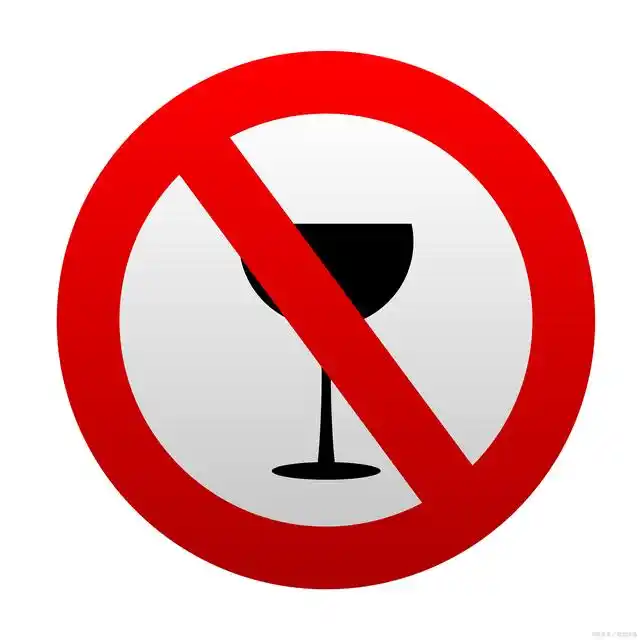
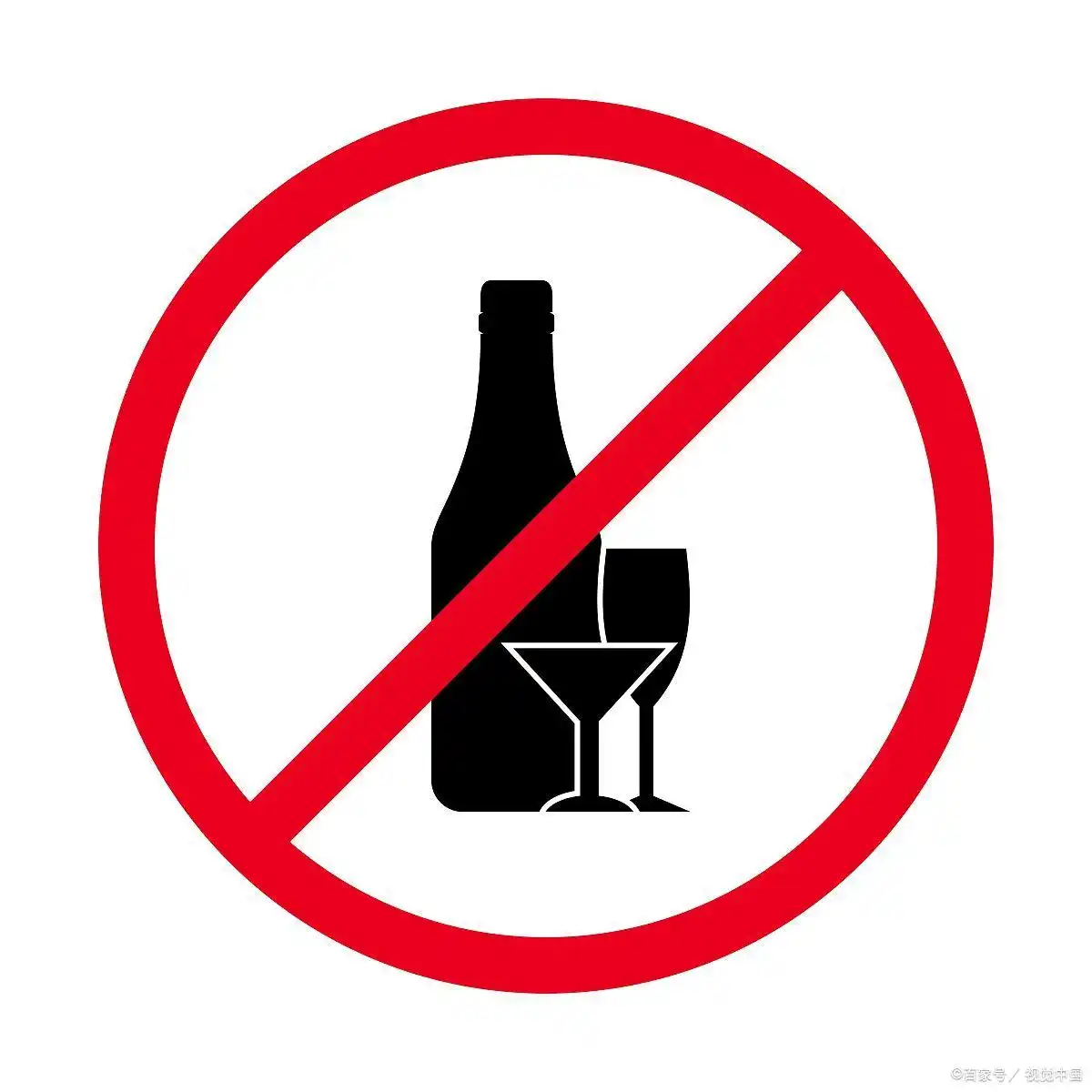
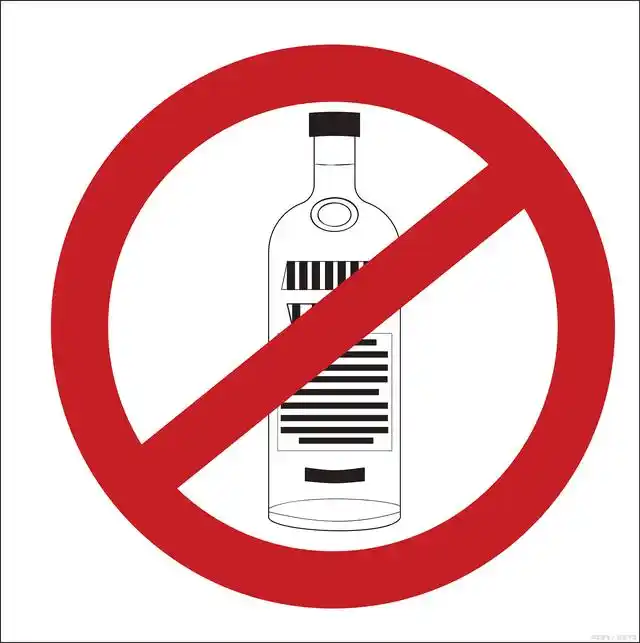
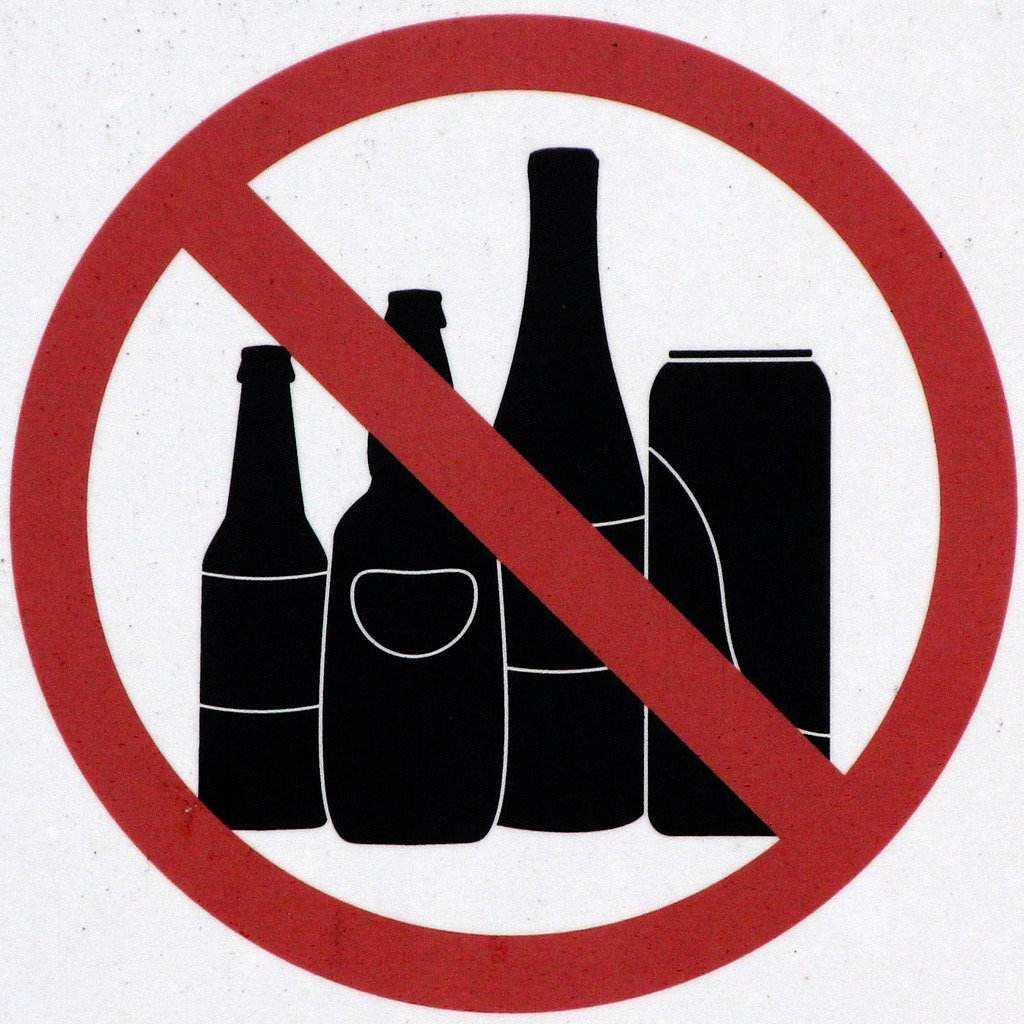
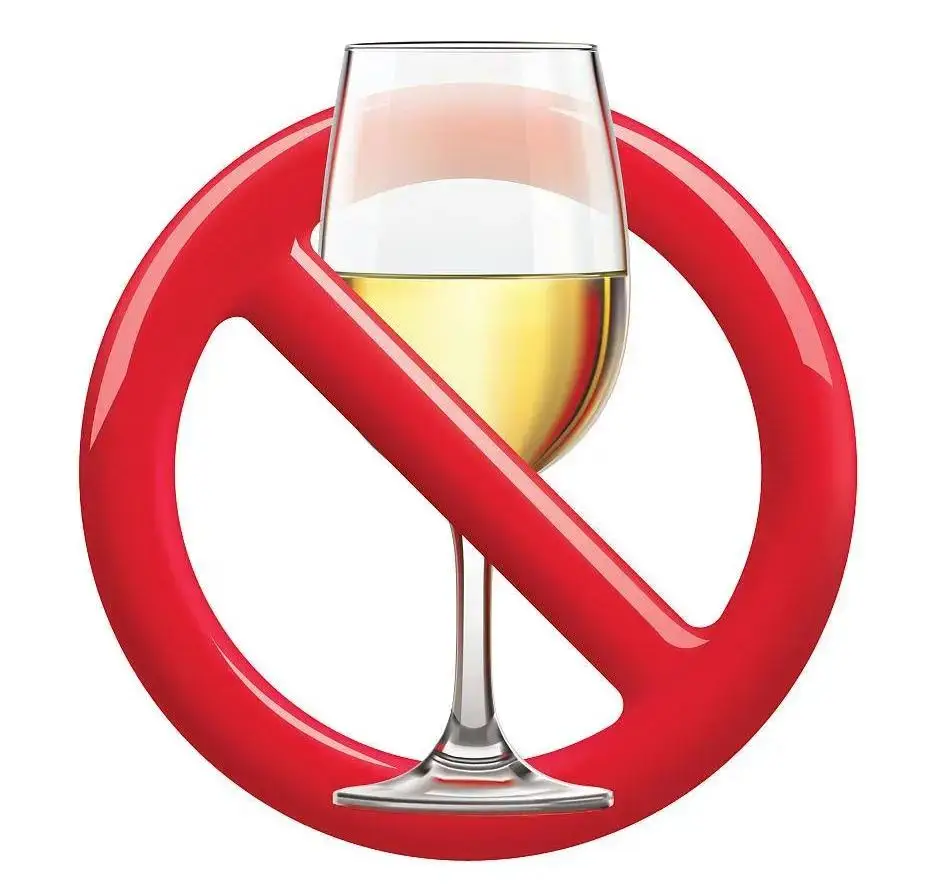
发表评论